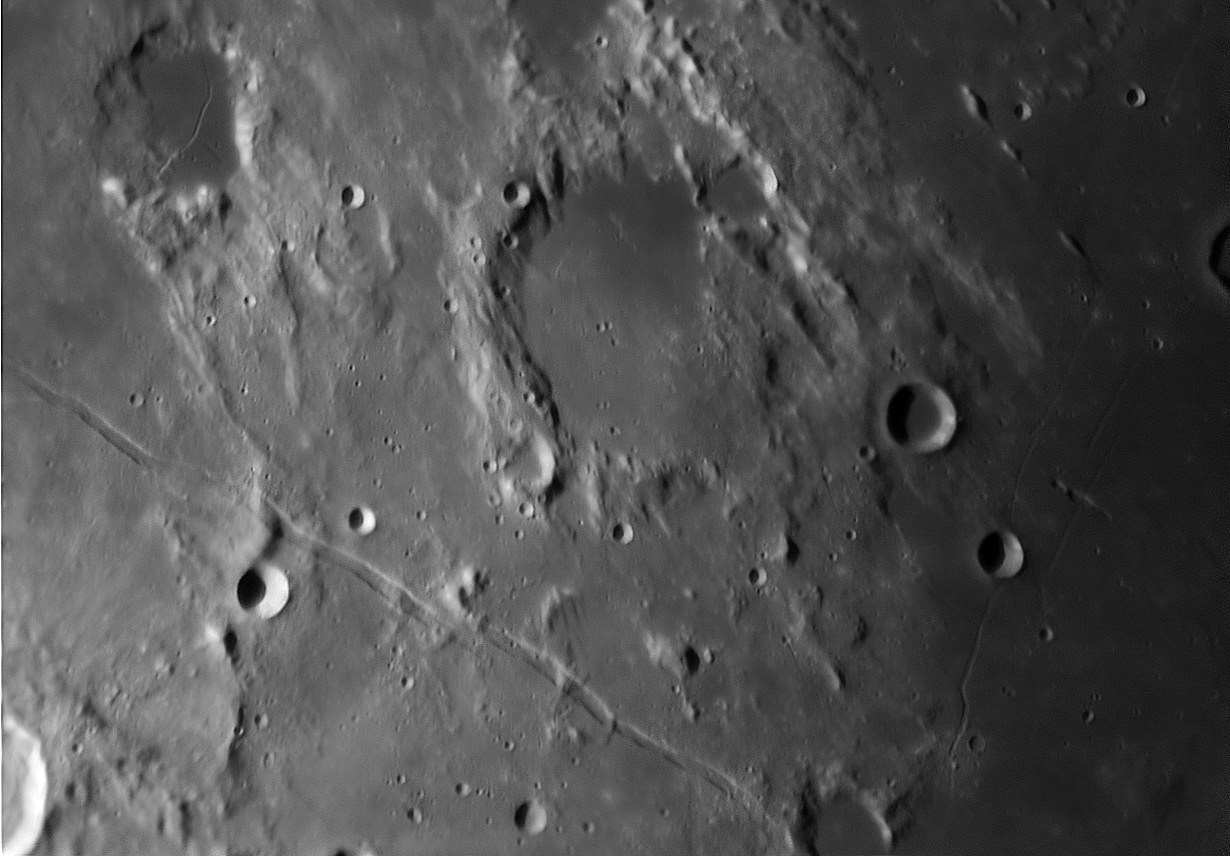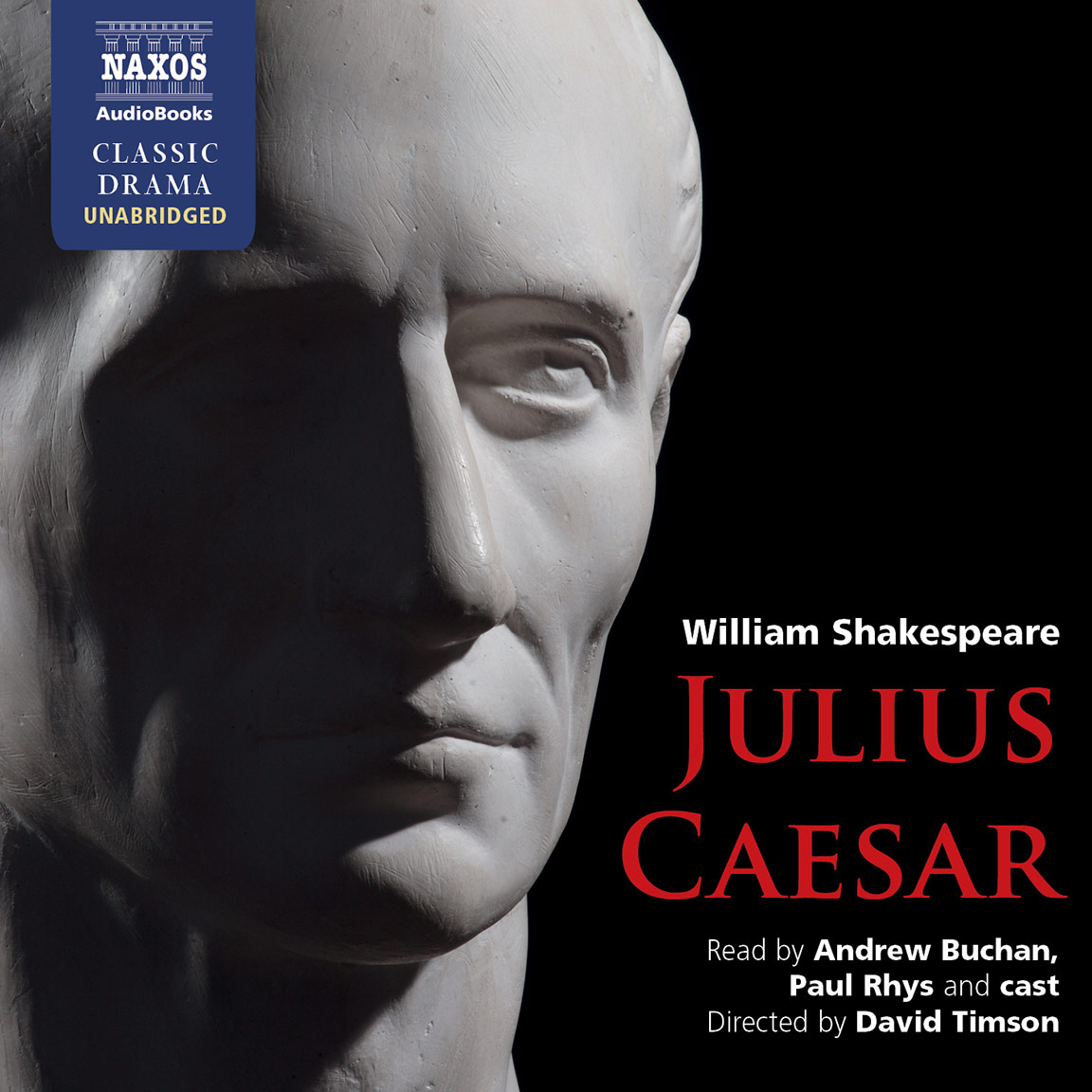
Still, some people would like to see our calendar changed yet again. Over a span of one year, it runs 26 seconds too fast, but that's an error so slight that it will not be necessary to eliminate a day from the calendar until around the year 5300. The Gregorian calendar has proven to be far superior to the Julian calendar. Top 10 Astronomical Discoveries Of All TimeĪnd if you think the 20 years that it took the American Colonies to finally ratify the Gregorian calendar was a long time, that was nothing compared to Russia, which finally accepted calendar reformation in 1918.Īnd Greece held out even longer - all the way to 1923! So a calendar hanging on the wall where Washington was born would have read Feb. But the United States' first president was born in 1732 - and by that time, the error in the Julian calendar had increased to 11 days. In our time, we celebrate Washington's Birthday on Feb.

That's why George Washington was not born on Washington's Birthday. The Gregorian calendar, however, was not adopted by the American Colonies until 1752. The exceptions were those century years divisible by 400.Īnd that's why the year 2000 was a leap year, but 1700, 18 were not. Next, to more closely match the length of the tropical year, "century years" were declared not to be leap years (though they had been leap years in the old Julian calendar). There were riots in the streets throughout Europe, and workers demanded their 10 days' pay - forgetting, conveniently, that they hadn't worked those 10 days! Thankfully, the hubbub eventually died down. This edict was most unpopular many people felt that 10 days had been taken from their lives. 4, 1582, making the next day Friday, Oct. Photos: Calendar Puzzles Deciphered in Ancient Statueįirst, to catch things up, 10 days were omitted after Thursday, Oct. It was then that Pope Gregory XIII stepped in and, with the advice of a German Jesuit mathematician and astronomer named Christopher Clavius, produced our current Gregorian calendar. This made the method for calculating the dates for Easter inaccurate.Īs a result, by the year 1582 - thanks to the overcompensation of observing too many leap years - the calendar had fallen out of step with the solar year by a total of 10 days. So, the Julian calendar introduced an error of one day every 128 years, which means that, every 128 years, the tropical year shifts one day backward with respect to the calendar. Unfortunately, it was flawed, being 0.0078 of a day (about 11 minutes and 14 seconds) longer than the tropical year. The Julian calendar worked so well at first that many countries adopted it. Never Mind The Apocalypse: Earliest Mayan Calendar Found See what sweeping changes you can make when you're an emperor? Then, to honor his contribution to timekeeping, Julius Caesar later renamed the fifth month (formerly known as Quintilis) after himself (July). The end result was a year that was 15 months and 445 days long, and was nicknamed Annus Confusionus - the Year of Confusion. Two other months (Intercalaris Prior and Intercalaris Posterior) were added after November. One month was added between February and March. Caesar divided these 90 extra days into three temporary months. Initially, in order to make a proper transition from the Roman calendar (which had 355 days and which was basically a lunar calendar) to the Julian calendar, and to get the months and various feast days and holidays back into their normal seasons, 90 extra days were inserted into the year 46 B.C. Pair Aims to Scrap the Gregorian Calendar by 2017 At that time, February was the last month of the year. This new "Julian" calendar was used throughout the Roman Empire and by various Christian churches.

So to account for that residual quarter of a day, an extra day - a leap day - was added to the calendar every four years. 29 - the bissextle or "leap day," an artifact that dates back to the year 46 B.C.īack then, Julius Caesar took the advice of the learned astronomer Sosigenes of Alexandria, who knew from Egyptian experience that the tropical year (also known as the solar year) was about 365.25 days in length.


 0 kommentar(er)
0 kommentar(er)
